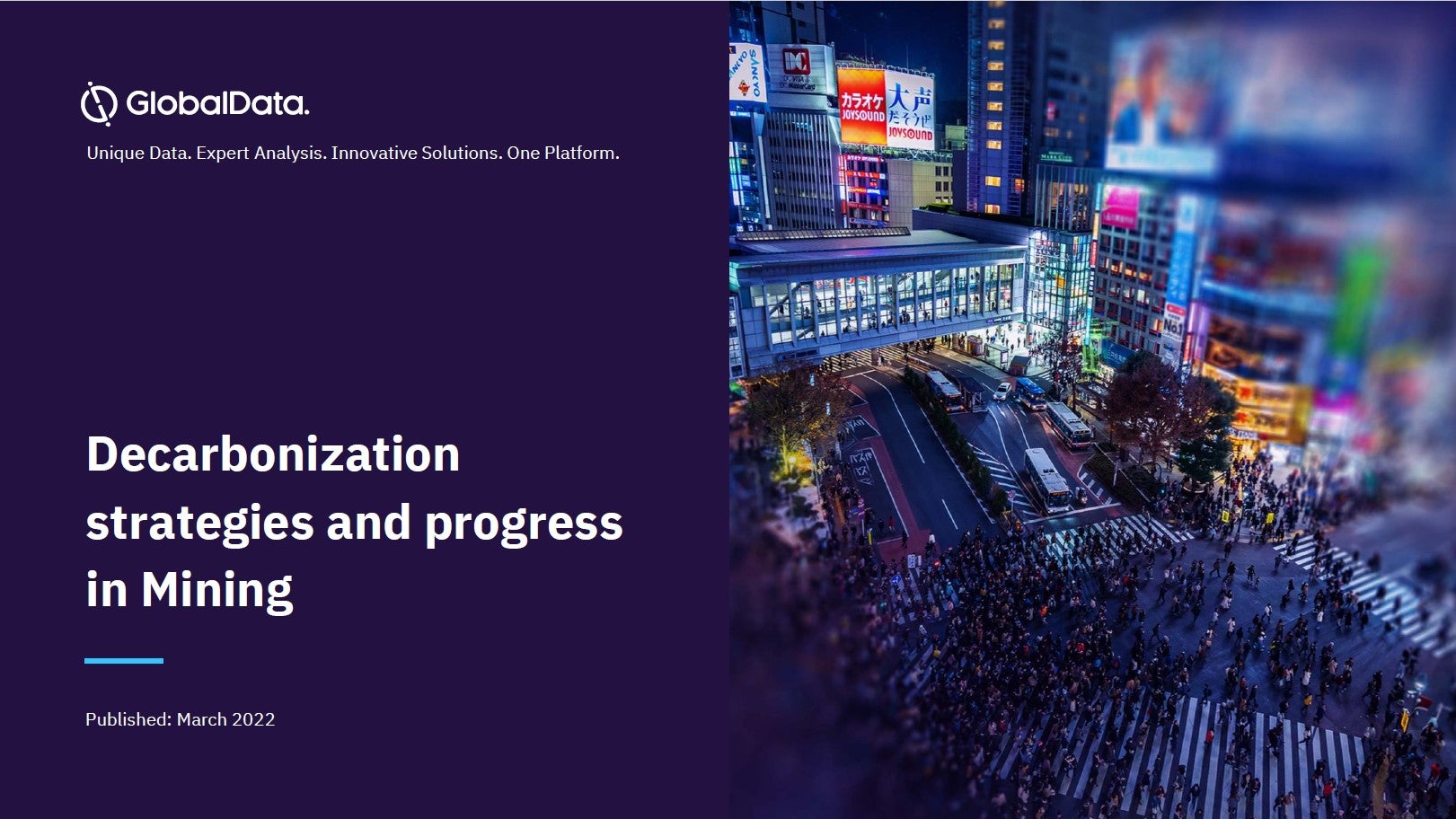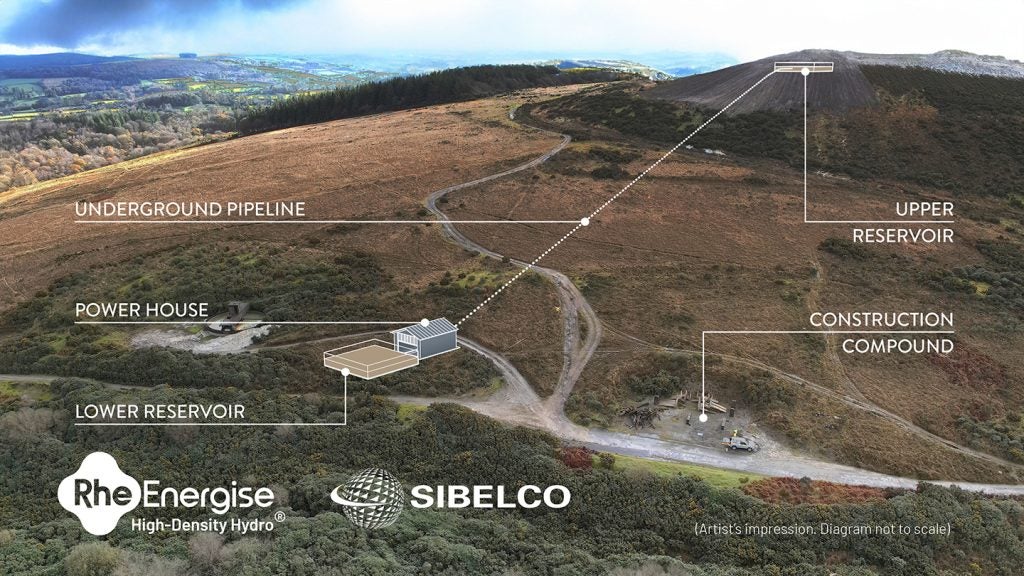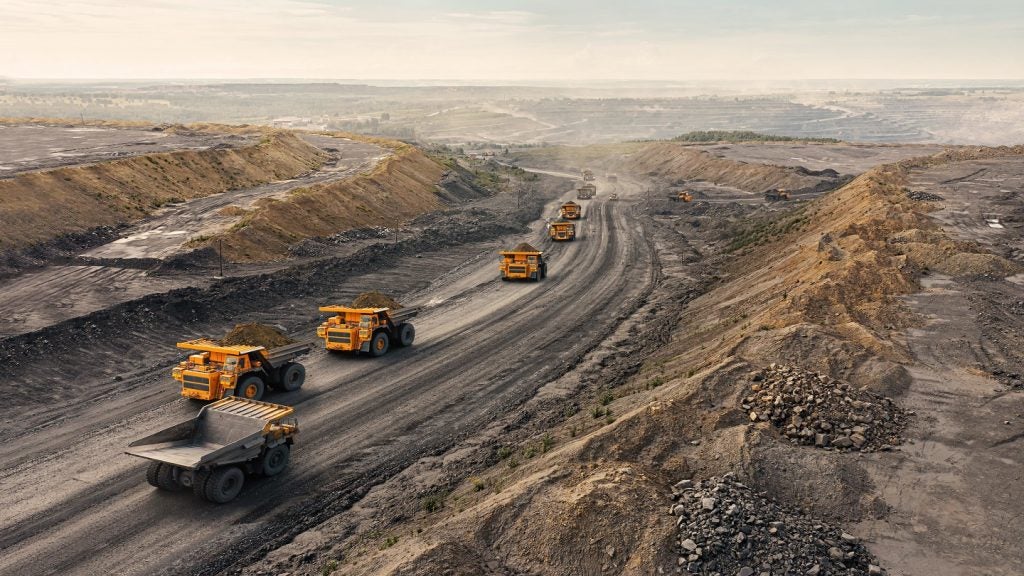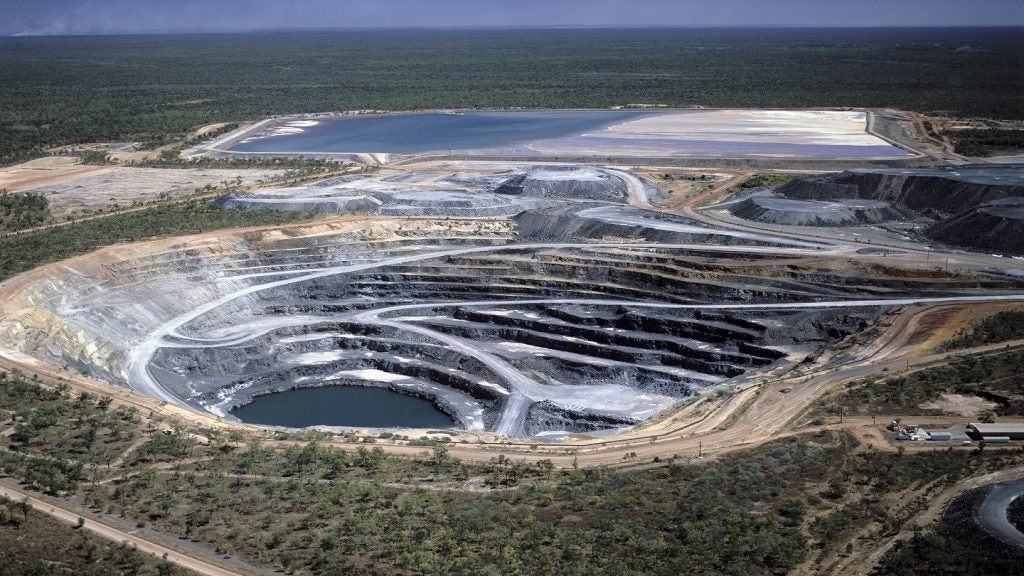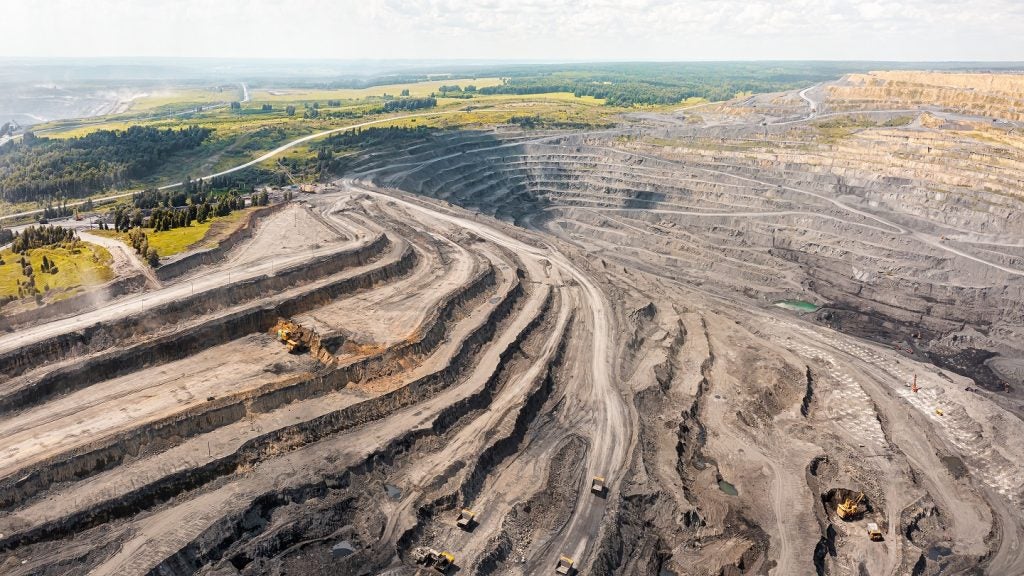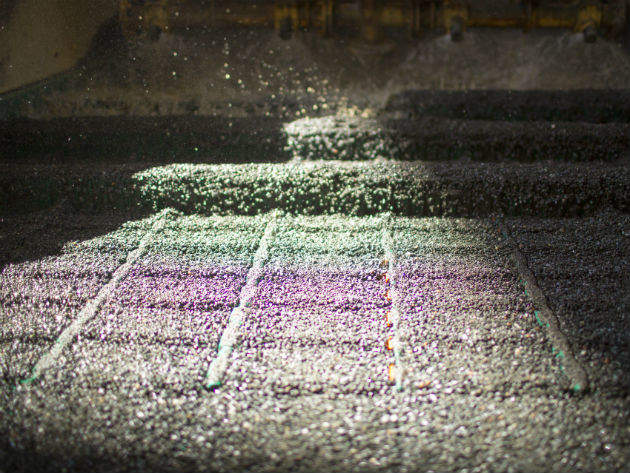

Despite positive steps to develop sustainable practices, the mining industry continues to suffer from a bad reputation. Whether it is the memory of large accidents in the past, or the environmental impact the industry can have on local communities, mining companies often struggle to obtain the social licence they need to operate.
Now an ambitious new research project lead by the diamond mining and trading company De Beers is looking to transform that reputation. Announced in May, the project aims to introduce carbon neutral mining in as little as five years. The primary motivation, says geologist and project lead for the initiative, Dr Evelyn Mervine, is to “reduce the environmental footprint”.
“The project reflects the growing importance in the mining industry and in all industries to reduce our environmental impact,” she says, “We want to improve the sustainability of our product and a huge part of that involves reducing our carbon footprint.”
Storing carbon in Kimberlite
The process being trialled involves storing carbon through the mineralisation of kimberlite waste from the diamond extraction process. This could improve on existing mineral carbonation technologies, which Mervine says are very expensive.
How well do you really know your competitors?
Access the most comprehensive Company Profiles on the market, powered by GlobalData. Save hours of research. Gain competitive edge.

Thank you!
Your download email will arrive shortly
Not ready to buy yet? Download a free sample
We are confident about the unique quality of our Company Profiles. However, we want you to make the most beneficial decision for your business, so we offer a free sample that you can download by submitting the below form
By GlobalDataSee Also:
“Historically, a lot of mineral carbonation technologies have focused on what are known as reactor plants,” she says, continuing, “These operate under high pressure and high temperatures. They do have really efficient carbonation rates: if you were to install one on a mine site and put all the tailings through, you would be able to offset ten times the mine emissions. But they are very expensive. They often cost up to $100 per tonne of CO2, which is far above the value proposition that we have, to do this now.”
De Beers’ approach will eschew these chemical engineering-style plants and explore what mining companies can do in-situ; in the tailings pile left over when the desired product is extracted from the mine ore.
“We will do this on-site under ambient conditions,” says Mervine, “That means low-pressure and low-temperature conditions that are the same as you find at the surface of the earth. The idea is to ask what we can do to intervene at a low cost while tapping into a proportion of that carbonation potential that can allow us to greatly offset our emissions.”
Trialling new technologies
The research team – which began its work last year – is looking at three specific technologies. “The first one is actually really simple,” says Mervine, “It involves basic physical changes, in terms of how we manage the tailings, to try and increase the carbonation rate. For example, at our mine in South Africa called Venetia, we have the fine tailings deposition pond and a number of deposition points.
“If we were to rotate those deposition points more frequently we would deposit finer layers of tailings and increase the amount of time those tailings have to interact with the atmosphere and take up atmospheric carbon. That should increase the carbonation rate, which is important because often what researchers have found is that the tailings get buried too quickly before there is enough time for those reactions to progress very far.”
On its own, Mervine admits this process might not get De Beers to its 100% carbon neutral target, but other technologies will help. “The next thing that you could do is increase your CO2 supply by having CO2 injections,” Mervine says. “If you have on-site power generation, like we do at our Gahcho Kué mine in Canada, you could actually inject that into your fine tailings. There has been laboratory work that shows this will greatly increase your carbonation rate,” she adds.
The third set of technologies, which Mervine says she is most excited about, uses biotechnology. “Here we are looking at a full range of options which involve using microbes to help increase the dissolution rates of the fine material and tailings,” she says. “This should supply more atoms that can interact with carbon dioxide and lock it away in these solid minerals. There are other microbes too that can actually help draw carbon dioxide out of the air and then react it with these elements that have been released from the tailings to produce these carbonates.”
Safe storing solids
While Mervine acknowledges public concern around about carbon capture and storage (CCS), she says the technologies De Beers is looking at are safe and reliable. “With CCS, people worry in particular about CO2 migration,” she says. “A really important point with this project is that the carbon dioxide is being stored as a solid, which means it is safe and non-toxic,” she adds. “Essentially, all that we are doing is slightly speeding up what is already a natural process. We've got some preliminary evidence that these reactions are already occurring in our tailings. They are part of the natural breakdown of kimberlites.”
Mervine is optimistic about the project but accepts there will be challenges. The two mine sites under consideration – Venetia in South Africa and Gahcho Kué in Canada – are very different to one another, for example, and will require different approaches. “Obviously, setting anything up in Canada, in the Arctic is challenging,” Mervine says, “You have very cold weather. So we are going to have to think about creating experiments that take into consideration those cold conditions.”
Another challenge is tapping into the expertise and historical research, much of which lies “around the world” in different universities, says Mervine. “What De Beers is trying to do is drive collaboration with these academics and start bringing it into the mining industry,” she says, continuing that, “At the moment there is very little expertise within the industry. That is why we have taken the decision to initiate our own research programme with the help and support of experts.
If the project goes to plan Mervine hopes it will have an impact not just on De Beers but on the wider mining industry and beyond. “We don't want to keep this as something restricted to De Beers,” she says. “It might be something that influences the entire mining industry and may even have broader implications for larger carbon capture and storage projects that use mineral carbonation.”

